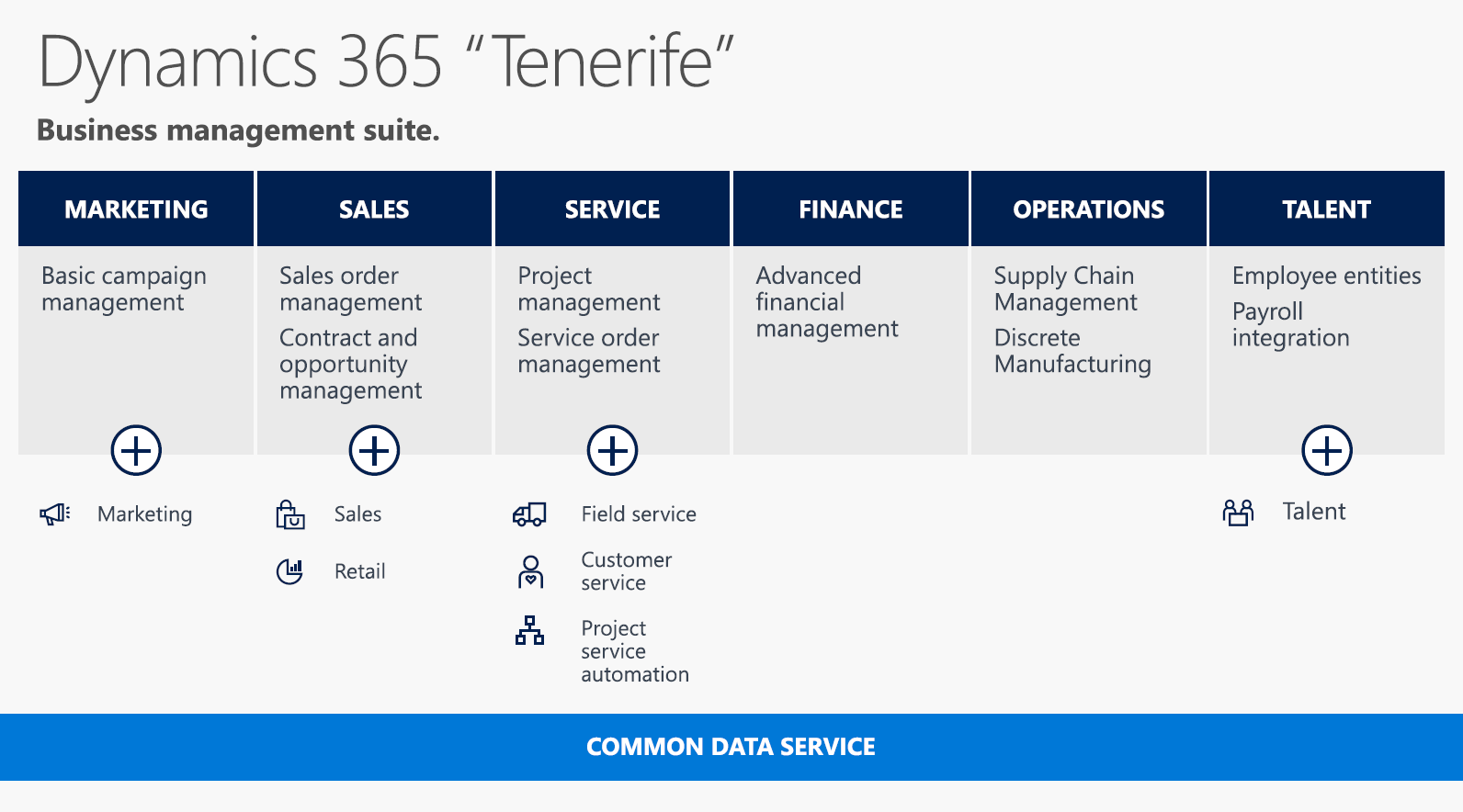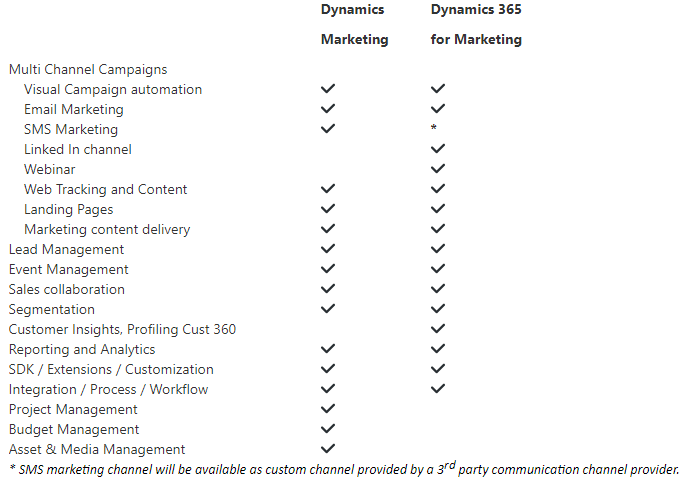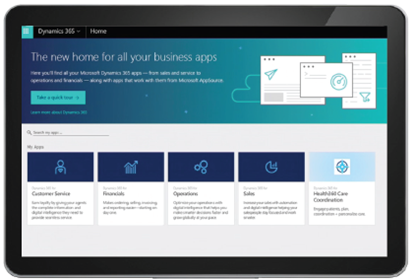What is 'Tenerife'?
Microsoft have always been a fan of obscure codenames for their product releases and Tenerife is just another placeholder name for a new offering until they decide an official product name. ‘Tenerife’ is the current name for next years’ launch of Dynamics NAV as a SaaS model. This ‘NAV Online’ will take the final piece of the Microsoft Dynamics family and move it into the ‘Dynamics 365’ suite to join CRM and AX.
As a quick recap, Dynamics NAV and Dynamics AX are both Enterprise Resource Planning (ERP) solutions. The main difference is that AX was aimed at large organisations, while NAV was aimed at smaller organisations (roughly under 200 employees). Last year, the functionality of AX was built in to become Dynamics 365 Enterprise Finance and Operations, while Dynamics NAV continued as NAV.
Now, Microsoft have announced that in Spring 2018, they will launch this ‘Tenerife’ – new end-to-end business management cloud solution, which will combine Finance and Operations Business edition (only available in US, Canada and UK) with Dynamics NAV. Until this time, Finance and Operations Business will still be available in US, Canada and UK but when Tenerife launches as “Dynamics 365 for ” users will switch over to this new solution. Please note, this will also be available on-premise but not from Spring 2018.
Tenerife will give businesses basic marketing, sales, service, finance and operations capabilities. However, if a business wants to add functionality from apps from the rest of the Dynamics 365 suite – such as Dynamics 365 Sales – then they can. This is all thanks to the Common Data Service, on which all these apps are built allowing simple integration for more of a ‘pick and mix’ style business app solution.

Where’s Marketing?
Finally, when Dynamics 365 launched there was no Marketing built-in expect for minor functionality such as marketing lists. As Microsoft announced that they were retiring Microsoft Dynamics Marketing, they partnered with Adobe as their recommend marketing application; having Adobe Marketing Cloud as the marketing element on Dynamics 365. While a robust solution, Adobe Marketing Cloud is expensive and aimed at Enterprises, so partners may have recommended other marketing solutions for Dynamics 365 (for example, we recommend ClickDimensions).
Now, Microsoft will be launching ‘Dynamics 365 for Marketing’ – but there is no General Availability data yet. Currently in private preview, this new app will join to Dynamics 365 suite. However, as it is early days there is still no news on licensing and pricing but you can get an idea of functionality here.



